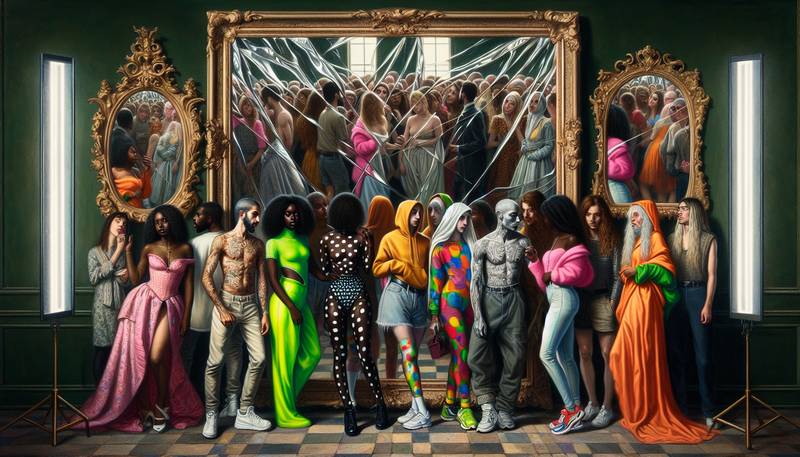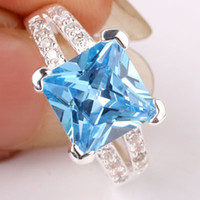Understanding the Impact of Colorism in Fashion

When Colors CollideColors have a way of evoking emotions, sparking memories, and sometimes—let's be honest—occasioning questionable fashion choices. “What was I thinking wearing that neon green shirt with polka dot pants?” is a question we’ve all asked ourselves at least once. But beyond the realm of personal regrets lies a more serious conversation: the role of colorism in fashion. This isn’t about the 'fifty shades of gray' but rather the societal implications tied to skin tone, hues, and how they come together in ways that can be both dazzling and inflammatory.Setting the Stage: Colorism DefinedColorism is the practice of discrimination based on skin tone, with lighter skin often receiving preferential treatment compared to darker tones. Now, before anyone rushes to the nearest department store, it’s important to clarify that this preference is not just a matter of aesthetics; it often reflects deeper historical and cultural narratives. The fashion industry, like a clingy ex, can sometimes be hard to shake off when it comes to its problematic history with representation.The Designer DilemmaFashion designers and brands continue to struggle with what reflects a diverse world. It’s as if they’ve been trying to paint a masterpiece using only three colors when there’s a whole palette of hues waiting for their moment in the spotlight. When casting models for runway shows or ad campaigns, some brands—bless their hearts—have been known to stick to the lighter end of the spectrum. It’s like they think the sun only shines on certain shades! - Inclusion is still a buzzword and not yet a reality.
- Shades of representation in fashion shows resemble a summer picnic, with everyone bringing potato salad but forgetting the fried chicken.
- Breaking the mold involves more than just picking a model from a different color swatch.
The Psychological PaletteThe impact of colorism in fashion isn’t just skin deep; it seeps into the consciousness of individuals from a young age. Children absorb societal cues faster than they can say, “Where are my shoes?” Studies have shown that individuals with lighter skin often enjoy various social privileges—think better job prospects or being the go-to friend for group photos. Meanwhile, darker-skinned individuals might face unconscious biases that impact their self-esteem and opportunities.Media MadnessIf you thought social media was a platform for destiny, think again. Platforms like Instagram can often feel like a distorted funhouse mirror, reflecting an unrealistic standard of beauty that is—surprise—often lighter. Filters can make you look like a sun-kissed vacationer, even if you're sitting in your living room with a bag of chips. While it can be fun to play with styles, the underlying message perpetuated is rarely light-hearted. - Influencers can set trends that are as fleeting as the latest TikTok dance challenge.
- Picture-perfect images often come with a hidden agenda—like trying to sell you that “natural glow” cream that will, spoiler alert, not really change your skin tone.
- Engagement often trumps representations of real diversity, creating a virtual echo chamber.
Fashion's Role in Changing the NarrativeFashion has the potential to be a powerful catalyst for change, akin to a superhero swooping in to save the day—if only it would put on the right cape. Inclusivity can redefine beauty standards and promote acceptance of all shades. Brands that value diversity, or at least pretend to during their seasonal releases, can influence public perceptions and help dismantle the damaging notions linked to colorism.In recent years, some designers have boldly ventured into territories once neglected, unveiling collections that celebrate all skin tones. This move is less about a passing trend and more about a revolution, where shades shouldn’t just be a palette but a full-bodied embrace of humanity.Let's Not Sugarcoat ItNavigating the world of fashion and colorism is about as straightforward as putting together IKEA furniture without the manual. It's complicated, messy, and often requires a lot of patience. Every patch and piece represents a step toward a more inclusive future, and while the road may be rocky, it's one worth traveling.Remember that each of us carries our own unique shade of brilliance—whether you’re rocking that golden glow or a deeper mahogany hue. The goal isn’t just to fit into a mold but to break free from it and celebrate all the dazzling colors that make up humanity. Because at the end of the day, fashion should be about expression, not oppression. After all, why wear just one color when you can wear the whole rainbow?
|
|








